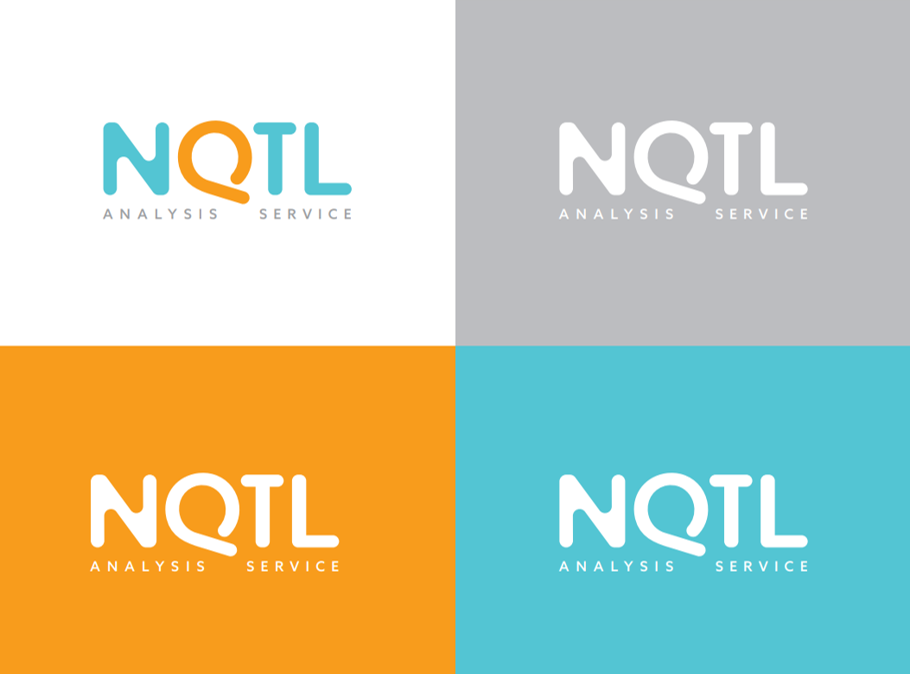Compliance Requirements
In December of 2020 Congress passed into law the Consolidated Appropriations Act. This Bill addresses how the DOL, HHS and IRS will assess how well employer plan sponsors and Health Insurance Carriers are keeping up with the compliance requirements under the Mental Health Parity and Addiction Equity Act (MHPAEA).
Plan sponsors must now complete extensive analysis regarding the broad plan limits, Quantitative Treatment Limitations (QTLs) and Non-Quantitative Treatment Limitations (NQTLs) of their plans. Part of the compliance requirements are that each plan sponsor complete a detailed analysis of your plan, both written and in operation. This comparative analysis requires plan sponsors to “show your work” in a very detailed fashion.
The analysis must be performed on all vendors offering services under your plan, not just your TPA. For example this would include your TPA, PBM, networks, utilization review vendors any any other vendor who potentially could play a role in treatment limitations for mental health and substance use disorder benefits. This analysis then must be made available both to plan members upon request and the DOL starting February 10th, 2021.

History Lesson
2008, MHPAEA became law
To ensure that health plans fairly cover Mental Health and Substance Use Disorders (MH/SUD).
Ensuring congruence for both Quantitative and Non-Quantitative Treatment Limitations is included in this law. The overall goal was to ensure true parity in the health plan both in terms of financial requirements (deductibles, copays, etc.) but also in how the plans operated (concurrent review, etc.).
Problem – As a marketplace there are many solutions designed to control mental health and substance abuse claim costs that were more subtle in nature, such as more stringent pre-authorization and concurrent review. While performing audits, the DOL would discover these practices and consider this a violation of MHPAEA.
Dec. 2021, MHPAEA was updated
To ensure mental health and substance abuse was with parity in the actual operations of health plans.
The Consolidated Appropriations Act (CAA) states that as of February 10th, 2021 all applicable health plans must keep a detailed analysis at all times detailing how their plans meet the new NQTL requirements. This is referred to as a comparative analysis and it also encompasses documentation regarding quantified plan limits as well.
Plan sponsors must conduct this through analysis, document and make corrections as warranted and provide this analysis to plan members on demand. The DOL is also now including review of this comparative analysis as a standard item in all of their plan audits.


